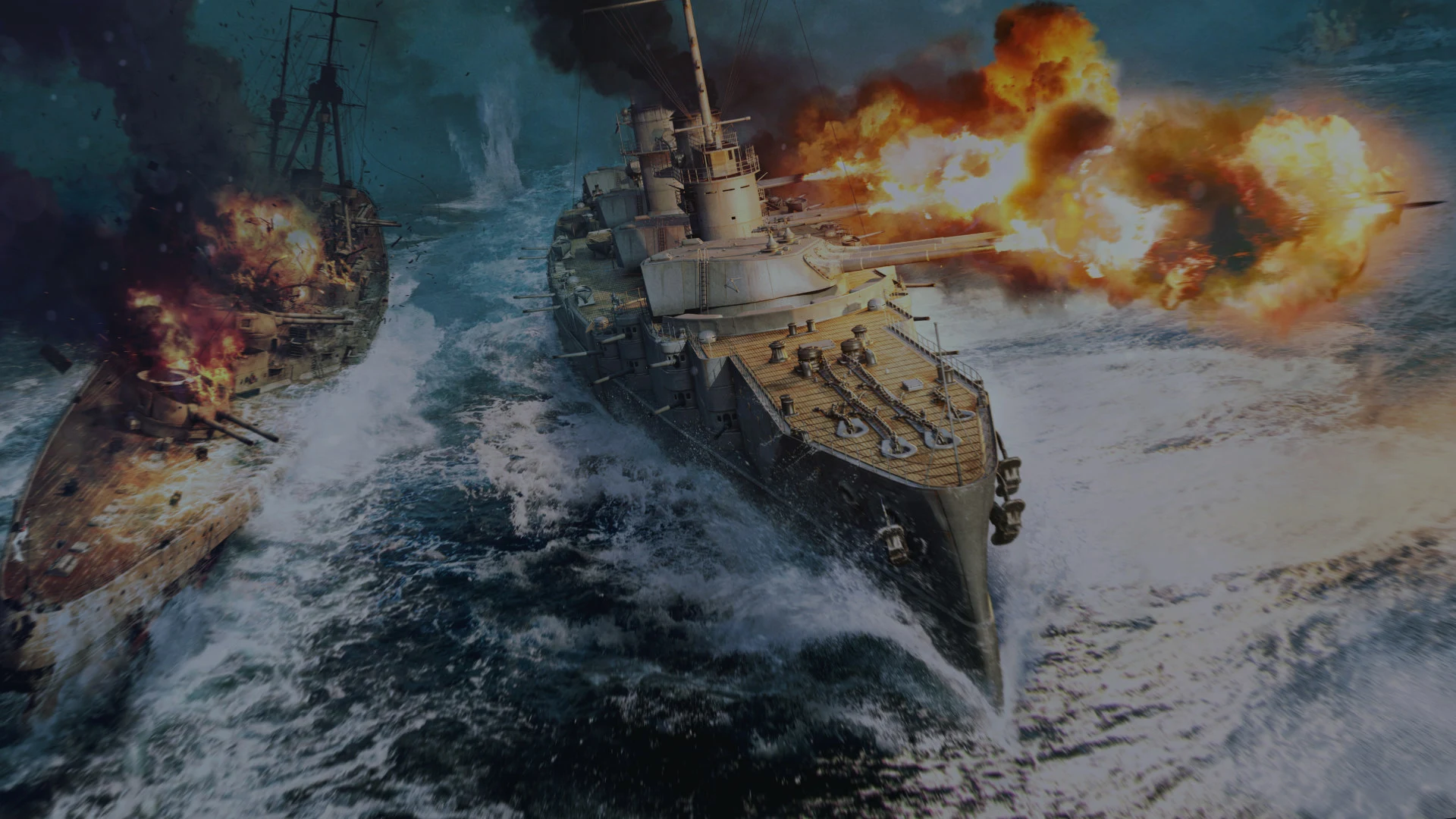
- For PC
- For MAC
- For Linux
- OS: Windows 7 SP1/8/10 (64 bit)
- Processor: Dual-Core 2.2 GHz
- Memory: 4GB
- Video Card: DirectX 10.1 level video card: AMD Radeon 77XX / NVIDIA GeForce GTX 660. The minimum supported resolution for the game is 720p.
- Network: Broadband Internet connection
- Hard Drive: 17 GB
- OS: Windows 10/11 (64 bit)
- Processor: Intel Core i5 or Ryzen 5 3600 and better
- Memory: 16 GB and more
- Video Card: DirectX 11 level video card or higher and drivers: Nvidia GeForce 1060 and higher, Radeon RX 570 and higher
- Network: Broadband Internet connection
- Hard Drive: 95 GB
- OS: Mac OS Big Sur 11.0 or newer
- Processor: Core i5, minimum 2.2GHz (Intel Xeon is not supported)
- Memory: 6 GB
- Video Card: Intel Iris Pro 5200 (Mac), or analog from AMD/Nvidia for Mac. Minimum supported resolution for the game is 720p with Metal support.
- Network: Broadband Internet connection
- Hard Drive: 17 GB
- OS: Mac OS Big Sur 11.0 or newer
- Processor: Core i7 (Intel Xeon is not supported)
- Memory: 8 GB
- Video Card: Radeon Vega II or higher with Metal support.
- Network: Broadband Internet connection
- Hard Drive: 95 GB
- OS: Most modern 64bit Linux distributions
- Processor: Dual-Core 2.4 GHz
- Memory: 4 GB
- Video Card: NVIDIA 660 with latest proprietary drivers (not older than 6 months) / similar AMD with latest proprietary drivers (not older than 6 months; the minimum supported resolution for the game is 720p) with Vulkan support.
- Network: Broadband Internet connection
- Hard Drive: 17 GB
- OS: Ubuntu 20.04 64bit
- Processor: Intel Core i7
- Memory: 16 GB
- Video Card: NVIDIA 1060 with latest proprietary drivers (not older than 6 months) / similar AMD (Radeon RX 570) with latest proprietary drivers (not older than 6 months) with Vulkan support.
- Network: Broadband Internet connection
- Hard Drive: 95 GB
The Scorpion was designed to fight Soviet bombers back before the Cold War was even a thing. It carries a massive number of rockets for its time and was the world’s first aircraft to carry air-to-air nuclear rockets. Get ready for two different versions of the F-89 Scorpion jet!
F-89B and F-89D, jet fighter, premium, USA, rank V.
Pros
- F-89B – powerful 6x20mm frontal armament
- F-89D – whole lotta rockets: Mighty Mouse x104 + HVAR x16
- Radar
Cons
- Average maximum speed
- F-89D – no frontal armament
Almost immediately after WWII, the Nothrop Corporation began developing an experimental jet fighter-interceptor to meet the new requirements for that class of aircraft. The American interceptor’s primary targets were supposed to be Soviet bombers, so the projected model’s flight characteristics and armament had to meet this objective. At first the two-seater twin-engine jet was developed to have a rather interesting four gun turret. This turret was to be mounted on the aircraft’s nose and could fire on targets either automatically or manually along a vertical plane either forward, up, down or, in some cases, backward. However, when the experimental model of the aircraft was ready, the turret still hadn’t undergone testing yet, so the military decided to install traditional static frontal guns on it, as well as HVARs on the wing pylons. It was with this loadout that the Scorpion F-89A and F-89B went into service. The armament was switched exclusively to rockets somewhat later. To make the change to rockets, the designers implemented an interesting solution: Mighty Mouse unguided rockets were installed on the front of the wing-mounted fuel tanks in such a way that the rocket and fuel sections of this part of the design were separated by a fireproof barrier. This also made it possible to install heavier, more destructive HVARs under the wing. The F-89D or “rocket” version of the Scorpion went on to become the most widespread version of the aircraft in the US air force – 682 of them were manufactured.
Fun fact: The F-89 is famous for having the first American AIM-4A short-range guided missiles (GAR-1), and even MB-1 Genie air-to-air rockets with nuclear warheads!
In War Thunder 1.91 Night Vision we offer two versions of the Scorpion – the F-89B and F-89D – which will become rank V premium aircraft in the US Airforce line. Like the Australian Boomerangs, they are acquired in order. Each modification is interesting in its own way, but they’re especially good together. The F-89B is a typical early post-war jet interceptor. Its not-worst-at-its-rank speed and rate of climb allow it to catch up to any piston-engine aircraft and fight early jets on an even footing. The F-89B is splendidly equipped for hunting other aircraft – its six 20mm M24A1s with a high rate of fire and 1,200 rounds are conveniently located in the front section of the fighter and allow the pilot to fire long, accurate volleys with barely any jams. Traditionally there are several kinds of ammo to choose from, including armour-piercing rounds, which allow you to deal with AA guns and armoured cars.
As for the F-89D, it’s exclusively an assault aircraft designed to deliver concentrated strikes against ground targets. The two unguided rocket launchers installed on the front part of the fuel tanks at the ends of the wings hold 104 Mighty Mouse rockets, each of which contains the equivalent of over a kilogram of TNT. In addition, another 16 HVARs, which fare quite well even against the sturdiest tanks, can be attached to the pylons. This modification has no guns, but why would you need guns when you have SO many rockets?
Both Scorpions will come in handy for various types of battles and situations. Taken together, they completely fill the fighter/attack aircraft niche for air and mixed battles alike. Both modifications gain altitude pretty well and can reach a maximum speed of about 900 km/h. The aircraft come equipped with radar that lets you fix targets along your flight path at a range of about two kilometres. The Scorpion has two engines, each of which has its own oil system, which gives you a chance to escape from combat and reach your airfield with a single engine. The Scorpion’s noteworthy disadvantages include rather fast fluttering at any speed above 900 km/h and insufficient speed to overcome especially fast hostiles when flying horizontally. Watch your altitude and speed, and slice your enemies up with high-speed guns or pelt them with endless rockets – the Scorpion is an excellent and rewarding aircraft for a nice “fan” game!
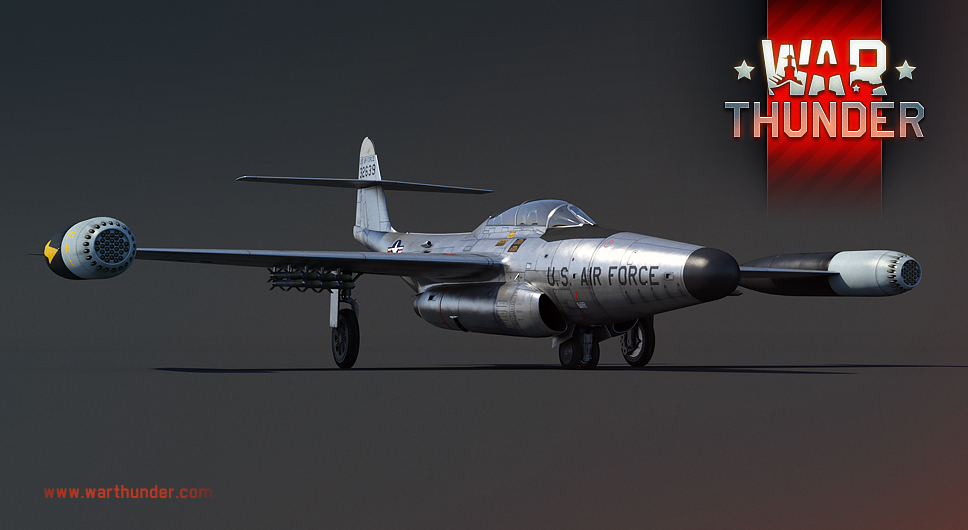
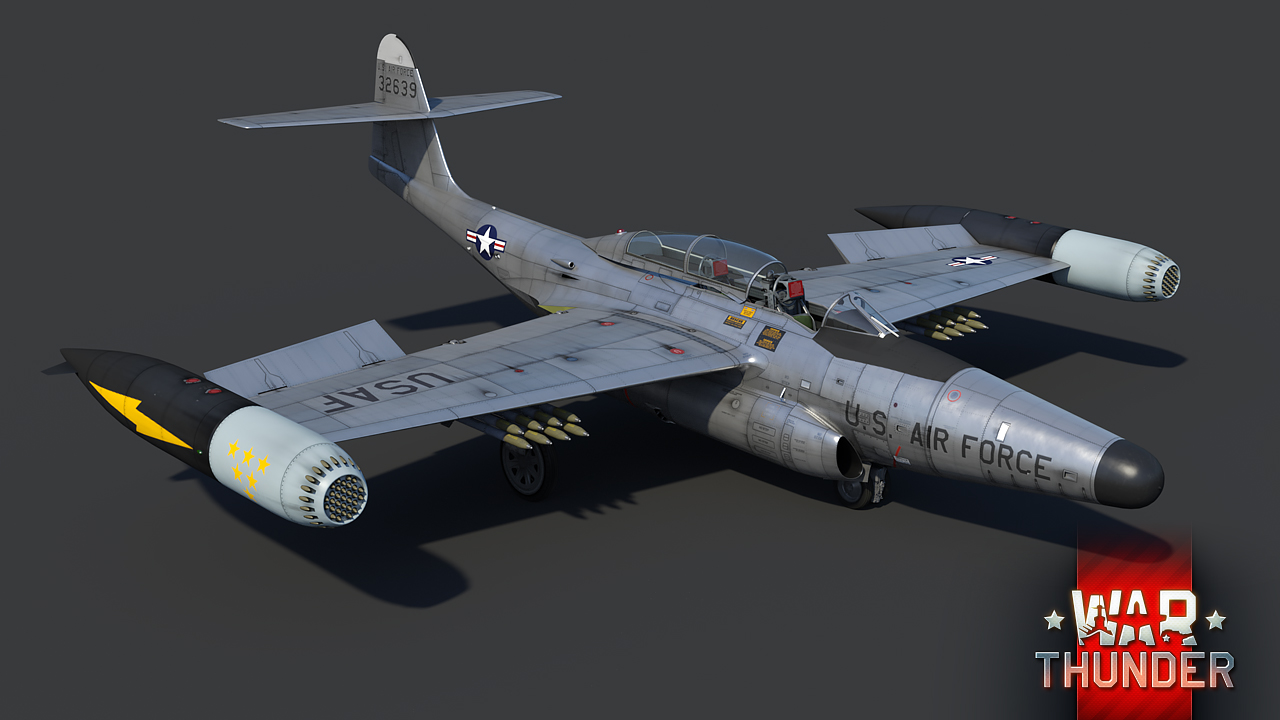
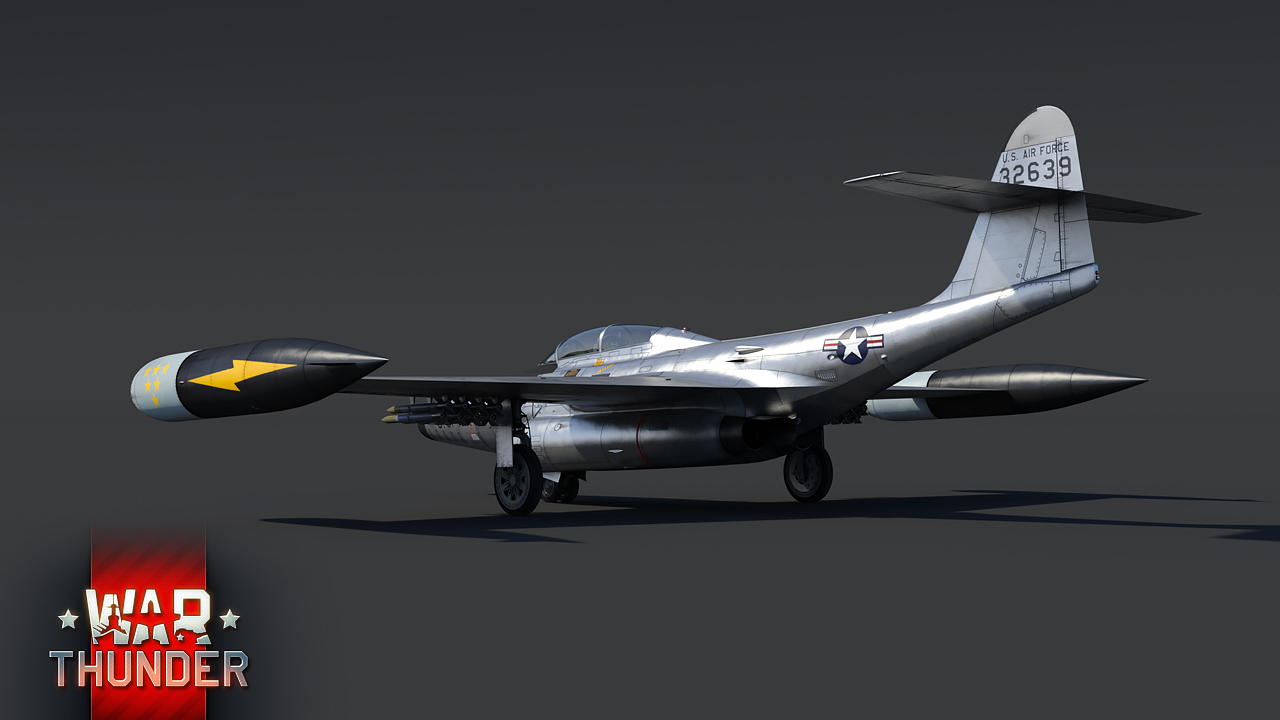
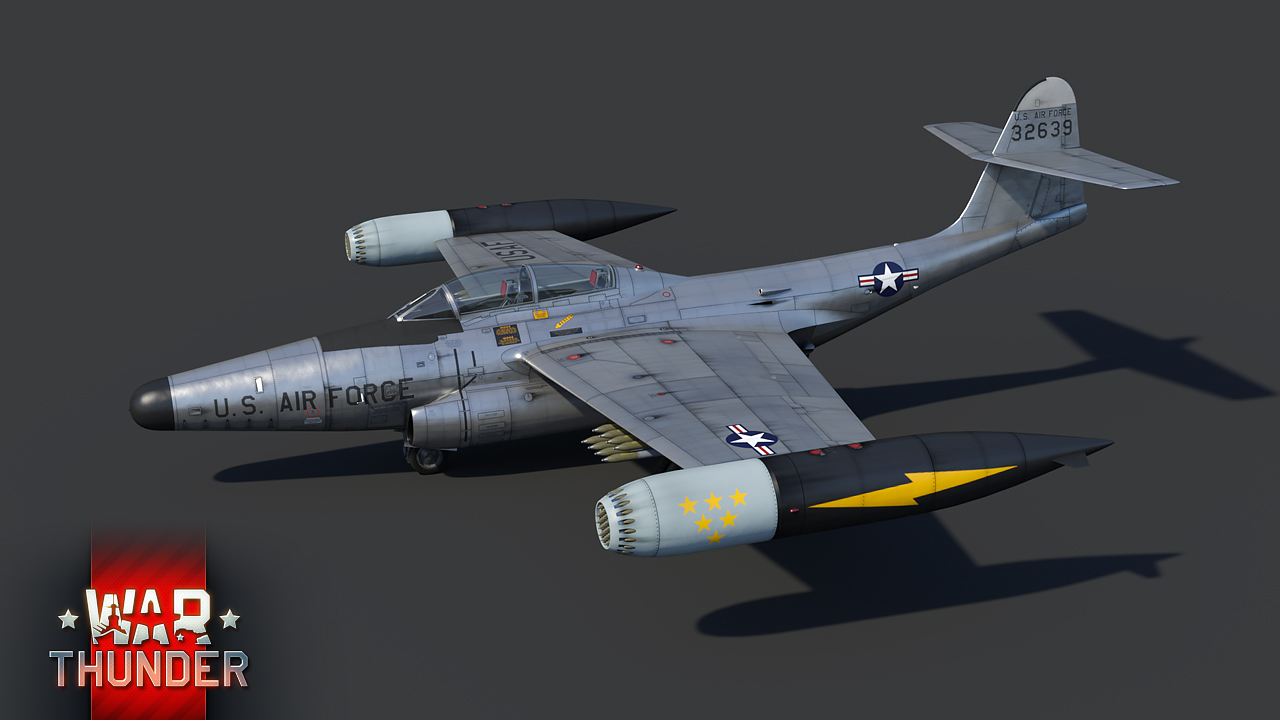
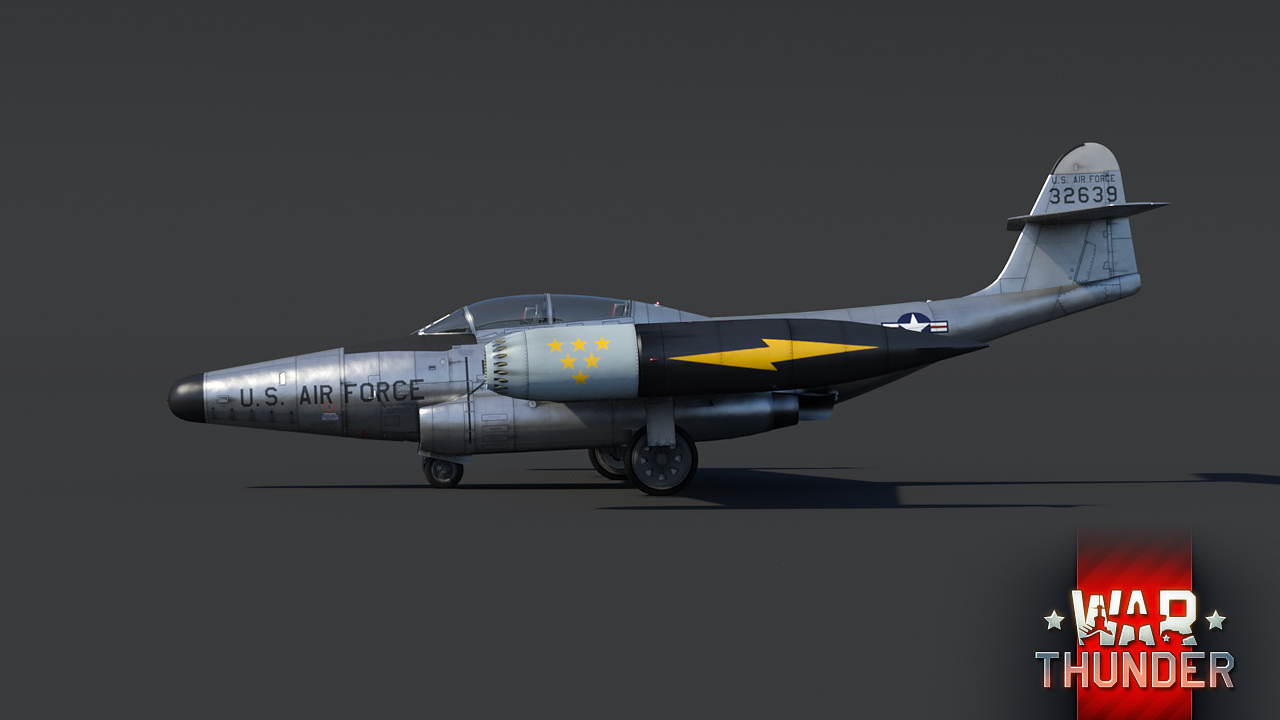
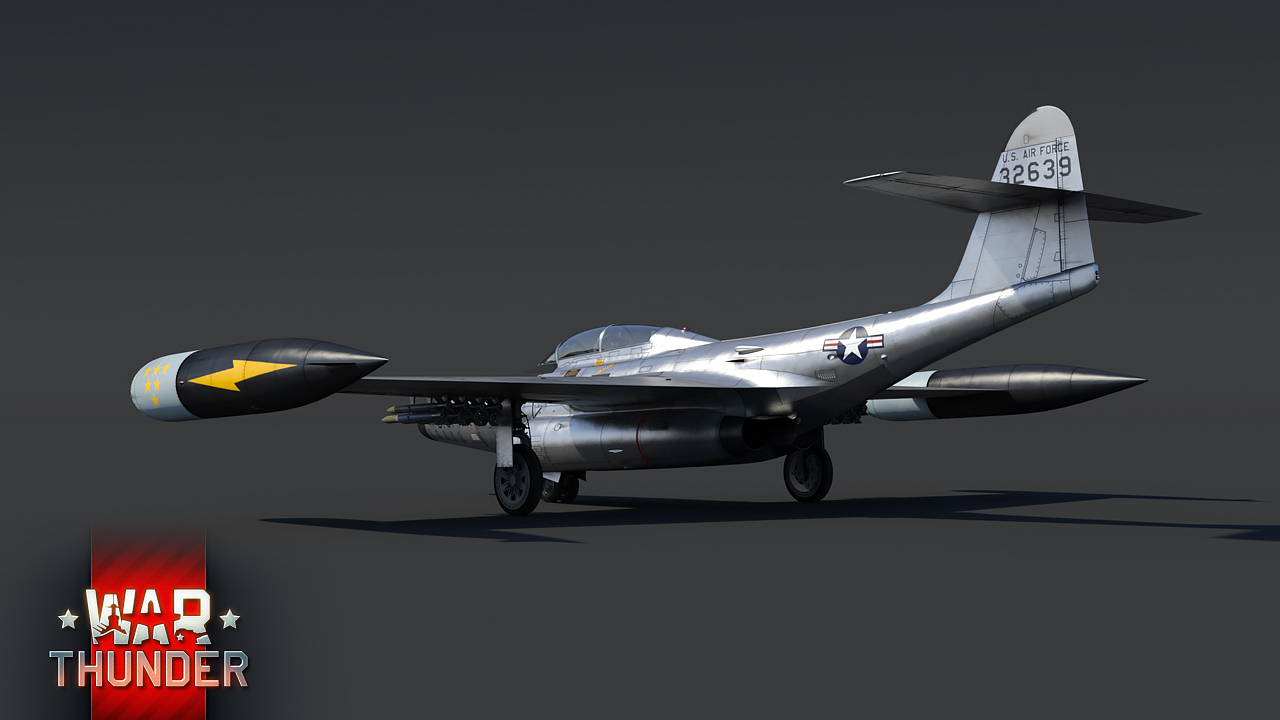
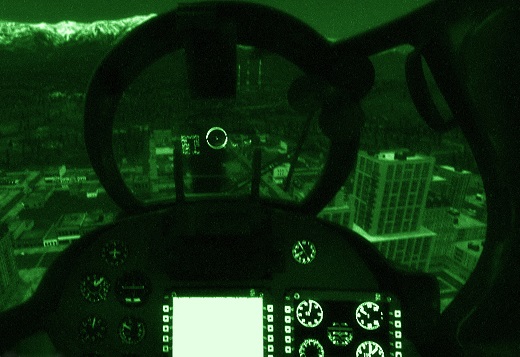
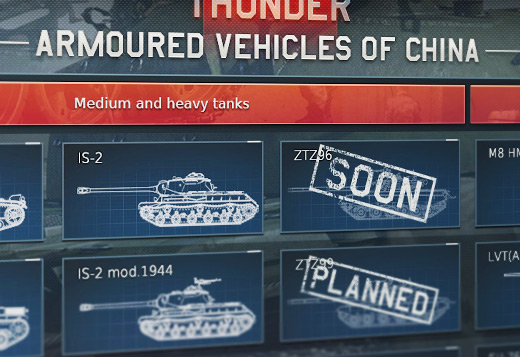
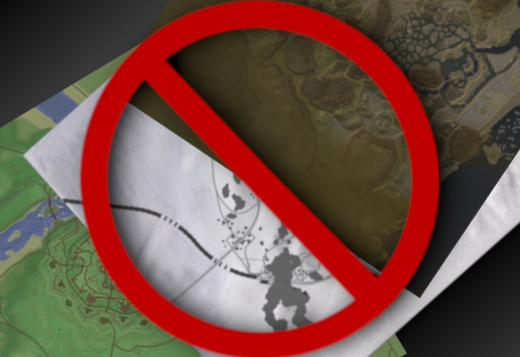
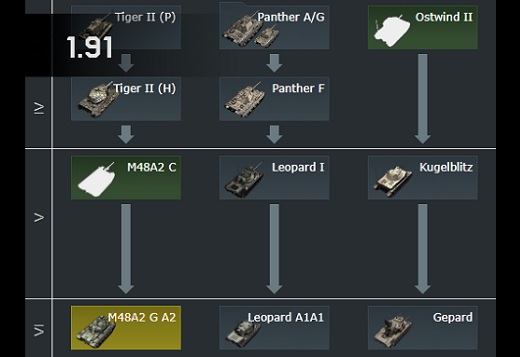
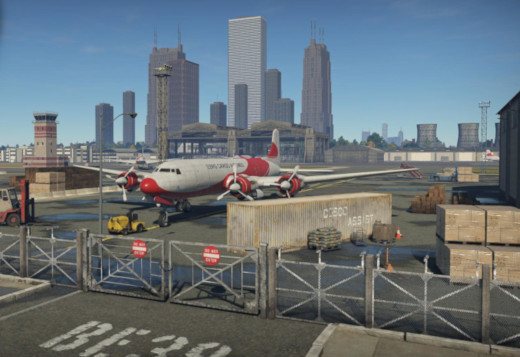
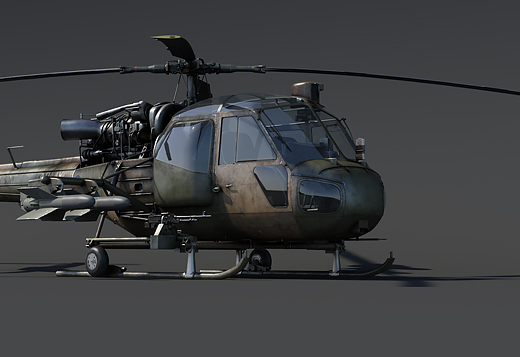
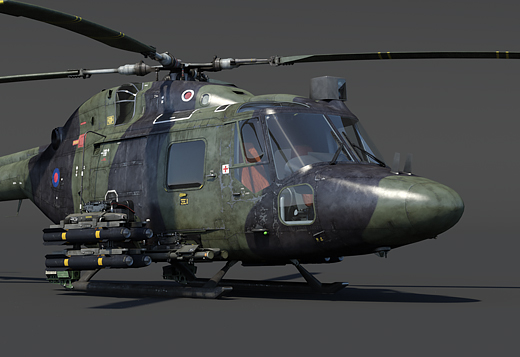
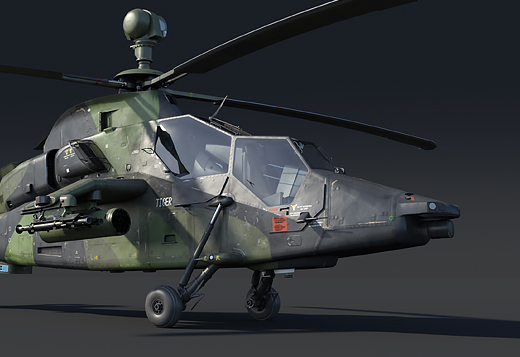
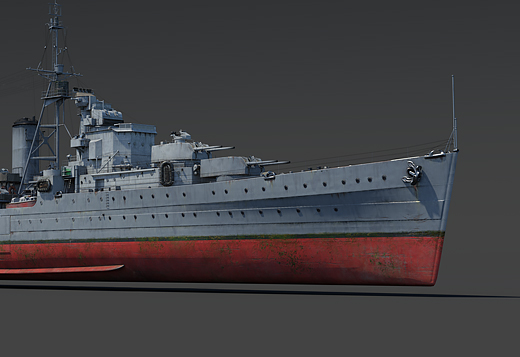
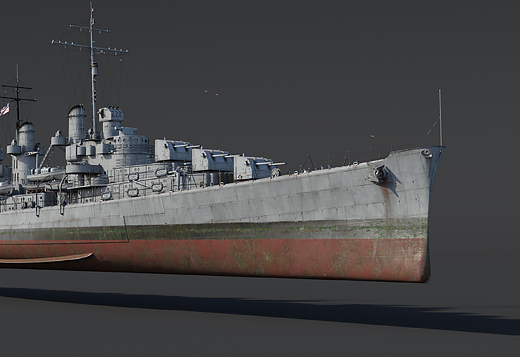
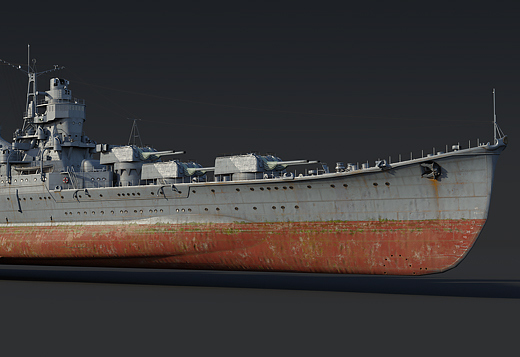
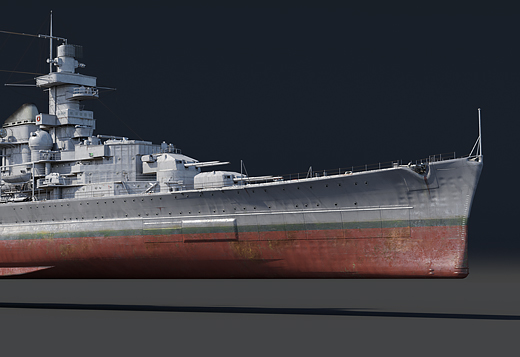
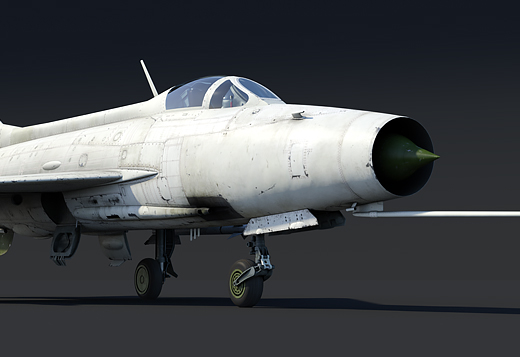
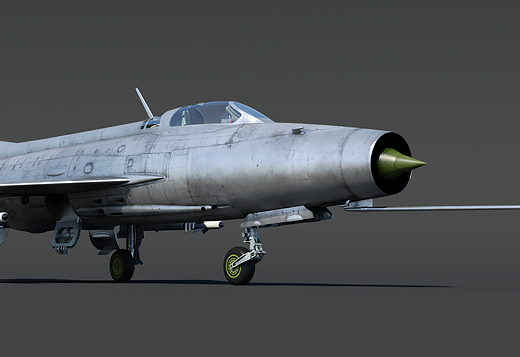
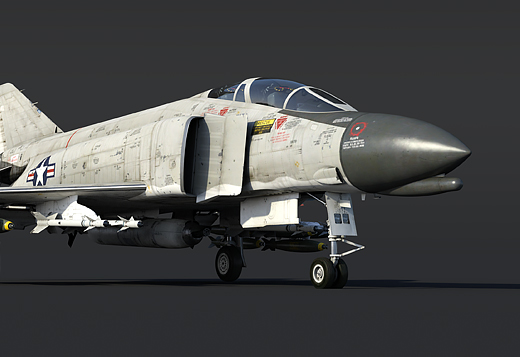
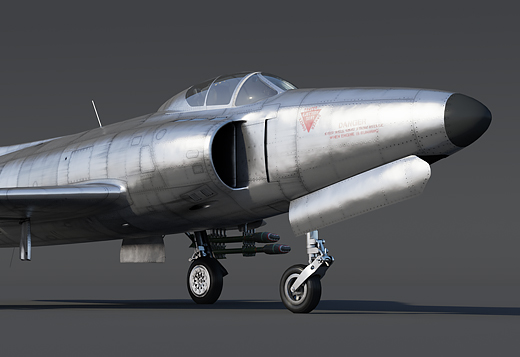
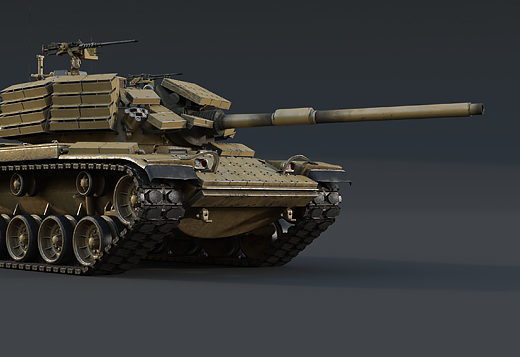

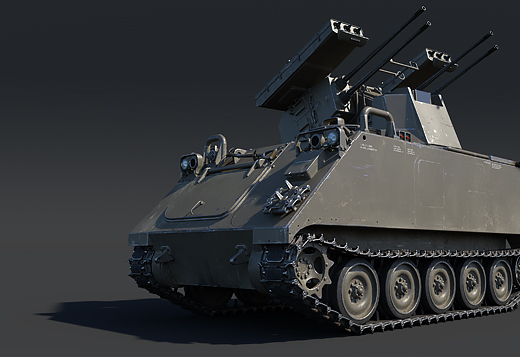
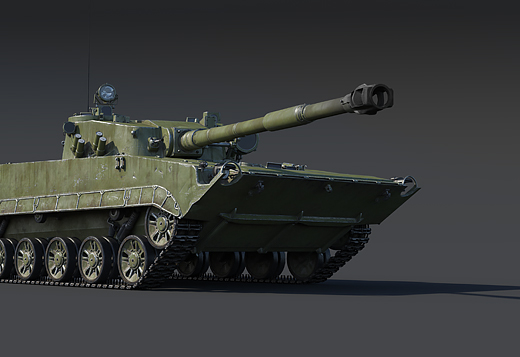
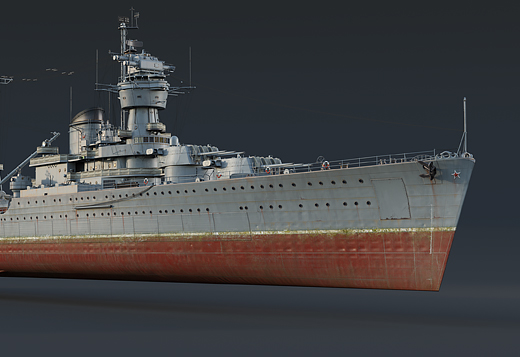
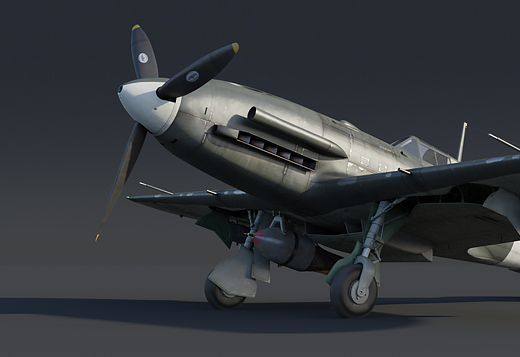

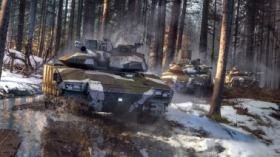


Comments (143)
Hey Gaijin, just saying sorry for my Avro arrow rant and I'm glad to something close to the CF-100 and I made a mistake; it had 8 50cals not 12 woops. also hope u add the radar for the mighty mouse rockets cause ill use the 89D if you do, just like are CF-100 did. Sorry again!
Hold up now the f89d was designed for air to air too its radar produced firing solutions for the rockets so it could Engage in all-weather
Just a few things, Gaijin. First of all, the F-89D carried unguided proxy rockets for intercepting bombers, and was fitted with the Hughes E-6 fire control system, aswell as onboard trajectory calculation equipment, wich, given your "historical accuracy", we propably won't see. Second is the F-89D was powered by two J35-A-35 afterburning turbojets, making the aircraft well capable of flying with over 1000km/s on medium altitude. At last, to finish, the guns are the T31cannons.
Most of these specifications are literally mentioned in the first wiki page someone can open. It shows very well that you guys are just reusing what's already in the game and call it an update. If you want a tip, cut out new vehicles, maps and mechanics for a year. For that year, only work on bug fixing and optimization. Yeah, there will be a slight player drop, but great thing demand sacrifices. Just trust your community for this once. We wouldn't care if we didn't want the game to succeed.
I even wrote to you guys to ask when the new update is coming out for Hong Kong but never heard any reply
Great, more under powered jets with bad FMs
WHY ARE ALL THE COOL UNIQUE PLANES HIDDEN UNDER MONEY BARRIERS!!!
Talking about the Australian Boomerangs, its fire power and performance is not worth it for a "Premium" aircraft at its br, there are so many planes much better than the Boomerangs on that battle rattings, so PLEASE check its br (remember they're Premium). A great proof that this is true is that you never see them in battles.
NOOOOOOO! No more noobs in top rank battles!!!!!!!!!!
Gaijin I'm fine with you adding a ton of useless American, Japanese, and Italian vehicles to screw around with, but I have a boon to pick with you... See every game I play, 2/3 of my RP goes straight to vehicle modifications (Ones I don't need or want). So please, in Update 1.91, just make an option to block modification research. If it weren't for this bullcrap system I would have the BMP-2 by now.
Looked kinda interesting as someone who doesn't like to fly jets. Saw tier 5 premium and then was like "Welp, i'll definitely never fly that".
Submit a complaint